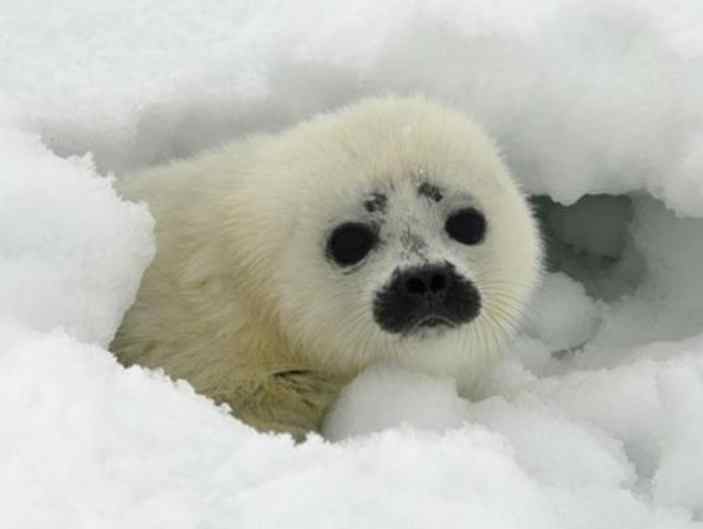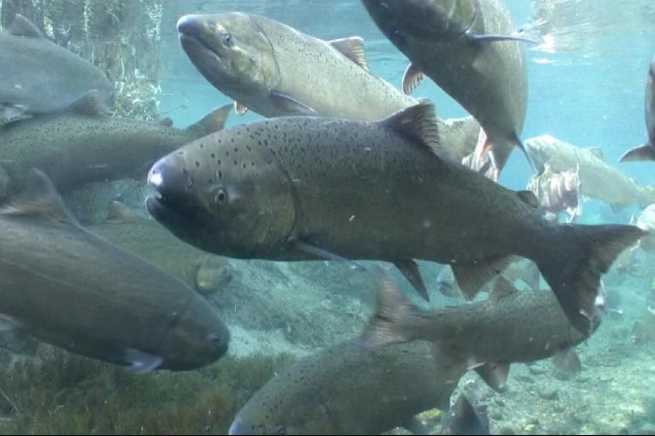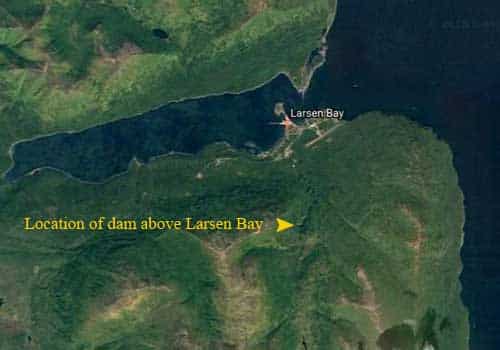
Imagine spending 4 days traveling miles up a frozen river in Alaska by snow machine, auguring holes through ice as thick as 80 cm, and looking for juvenile salmon.
That’s the adventure NOAA’s Alaska Region Habitat Conservation Division Hydropower Coordinator Susan Walker and colleague Jeff Davis set off on last February on the Susitna River, located north of Anchorage. It was a chilly and tiring task, but it resulted in exciting new findings.
SEARCHING FOR SALMON
In Alaska, information is limited about where juvenile salmon—primarily coho and Chinook—spend their winters in the main and side channels of large glacial rivers. Knowledge is also sparse about how, when, or even if these fish move between their overwintering habitats. NOAA Fisheries needs this kind of information to develop protection and mitigation recommendations for large dams and hydropower operations that are licensed by the Federal Energy Regulatory Commission. Although this information is primarily useful for proposed hydropower projects, it also has applications for all development in glacial riverine systems dominated by ice conditions.
Conditions in the Susitna River were unusual this year due to the warm winter and low snowfall. The river ice usually accumulates in a jumble during “ice up,” when large chunks of jagged ice are frozen together. It isn’t until deep, smooth snow covers the ice that travel by snow machine, dog sled, or skis is possible. With little snow and warmer weather this year, Walker and Davis had to carefully scout their route around open leads, overflow ice, and upland trails.
Walker acknowledged the challenges of conducting fieldwork in such a harsh environment, but said the wintry project is important, “It is logistically difficult to do fisheries research under a frozen river, but as this is where growing salmon spend over half of their freshwater juvenile phase, it is very important to understand their habitat use and preferences in order to identify and protect this important habitat.”

Walker explained some of the most interesting findings from this research. “It used to be thought that fish overwintered in one spot and didn’t do much moving or feeding, but we found that’s not true. Juvenile salmon, which are only about 2 inches long, move during the winter to feed and grow.”
These new findings help NOAA better understand and protect habitat used by valuable salmon resources.
And the work came with a little fun. “Moving fast down the ice driving a snow machine was exhilarating,” said Walker. “It was always fun to lift the fish traps and see what, if anything, has ventured inside—very suspenseful.”
The hydropower program of the Alaska Region’s Habitat Conservation Division has worked for the past 3 years with the Aquatic Restoration and Research Institute out of Talkeetna, Alaska, to study the winter habitat associations of juvenile salmon in the glacial Susitna and Talkeetna Rivers. The third-year report is available online.








